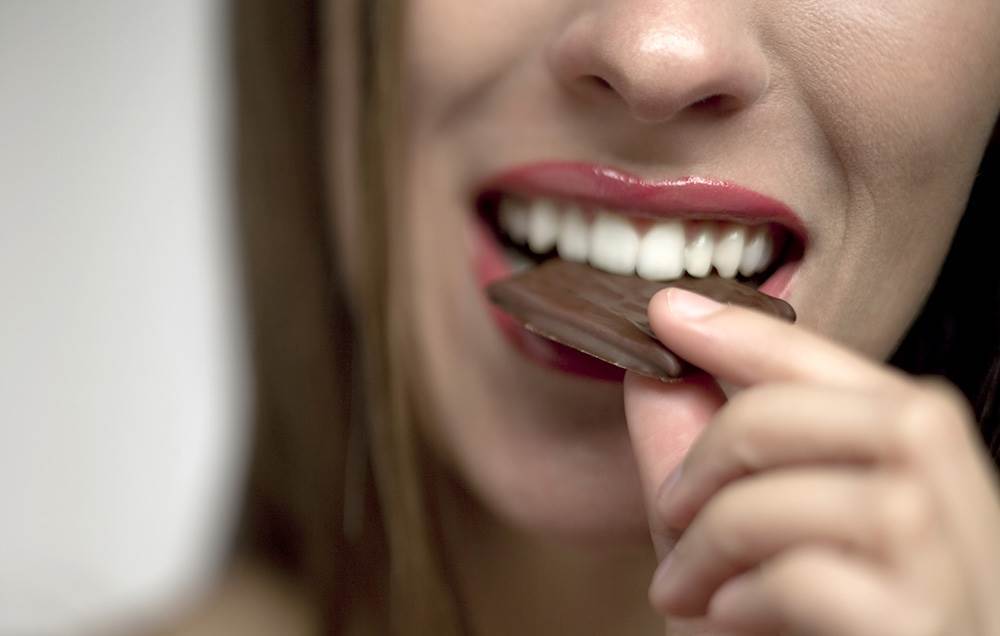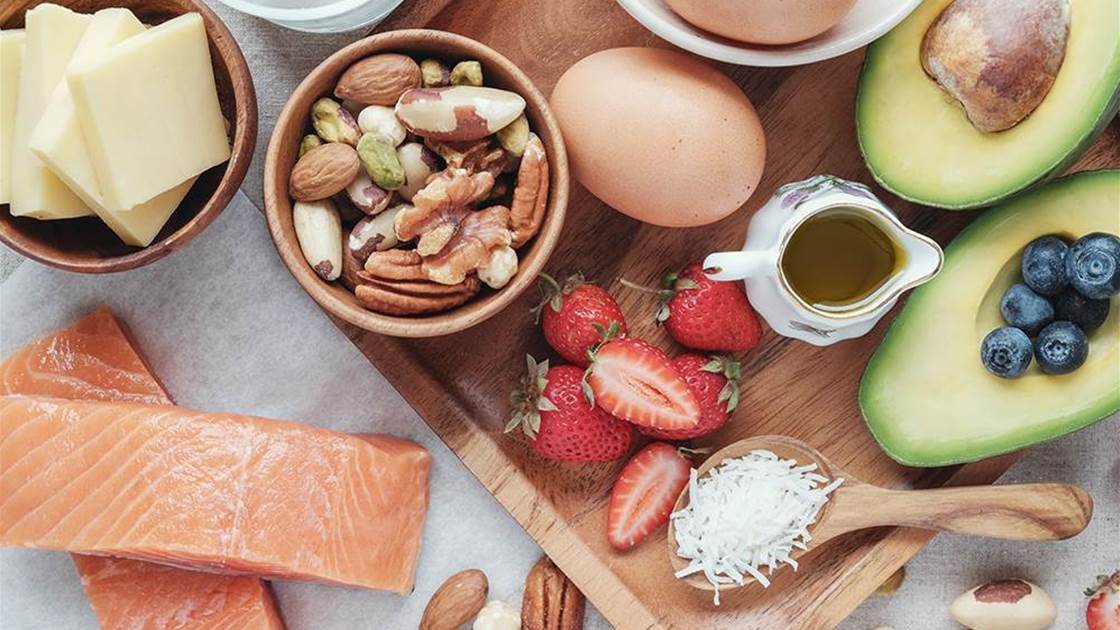Low-carb diets had worked for me before. Would going even lower yield more impressive results?
It was five years ago when I took a long, hard look at myself in the mirror and decided I needed to make a change. As a former restaurant critic, years of indulging had set me back on the scale. I felt bloated and terrible all the time, and I knew I needed to do something about it. In my university years, I had become well-acquainted with low-carb diets like Atkins and the South Beach Diet, and I'd achieved some success with them. In 2013, I cut gluten out of my life for good, and embarked on a journey to lose a significant amount of weight while getting rid of the guilt bearing down on me.
It took only a few months to shed the weight by eliminating carbs (gluten, grains and beer) and sugar (including fruit and liquor), and on this path, while dating, I met a man with a seizure disorder. When I told him I was following a low-carb diet, he introduced me to his: the ketogenic diet (which some experts recommend for patients like him to promote optimum brain health). Although our relationship was short-lived, my curiosity about his dietary practice continued to grow.
The ketogenic way of eating allows minimal carb intake, moderate protein intake, and high fat intake, which all vary depending on your goals. Typical low-carb diets allow for about 50 grams of carbs per day; on ketogenic ones, that number drops to 20 grams.
I started researching more and stumbled across a site run by chirpractor Eric Berg. “When you actually get into ketosis, you’re running your body on a different fuel, which is ketones,” Berg explained. “Ketones are the original fuel that our bodies ran on a long time ago. It’s using your own fat for fuel instead of glucose, and we do very well on this ‘clean fuel.’”
Although Berg—a proponent and follower of keto—has a cult following of dieters, other experts have expressed some serious concerns about this plan, noting that it could be dangerous for people with liver and kidney problems, as well as those with diabetes, heart disease and certain hormonal issues.
Still, I forged ahead. I knew I wouldn’t overdo it with stereotypical all-you-can-eat bacon, butter, and fat bombs, and I wasn’t even hoping to lose a massive amount of weight at that point. I really just wanted to feel better: I was moody, lethargic, and my self-esteem was suffering—and I suspected that my diet had something to do with it.
Although I'd been gluten-free for several years, at this point, I was no longer living the low-carb lifestyle, and I had stumbled into an abyss of grains (tacos, we used to be besties), starchy treats (falafel and sweet potato chips, how I would miss thee), and fruit (goodbye, mango, my old friend). It was time to go really low carb and see what would happen.
Just a few days before Halloween, I had my last serving of gluten-free pancakes with coffee anglaise, cinnamon-chicory syrup, and cocoa nibs at Sunday brunch. The next day, my keto urine strips arrived, and I was ready to go. (By measuring the amount of ketones in your urine, the colours on the strip designate your level of ketosis, and whether or not you are in it. However, once you are fat-adapted, and your body is running off ketones internally, you no longer spill ketones out into your urine.)
It’s now been just over three months since I embarked on my keto lifestyle change, and I can say with full certainty that I feel better than I have in years. And in just 100 days, I’ve noted several surprises that have occurred along the way.




Photograph by Getty Images
I’m sharper and more energetic.
On keto, fats are your friend, starting first thing in the morning, and bulletproof coffee (BPC) became my breakfast replacement and energy source for most of the day. After learning I should use a blender or a milk frother to blend the fats, I fell hard for this oily version of Joe.
Thanks to the whopping 34 grams of fat in my concoction, I rarely felt hungry before dinnertime. Now that I’m fat-adapted and don’t crave external fuel like I once did, I only have BPC on occasion. Some days, I just have coffee with cream.
I don’t usually need to eat anything else between “breakfast” and dinner, yet I’m more active than ever. I log countless kilometres on the treadmill, steps on the StairMaster, rotations on the Spin bike, reps in the weight room, and vertical feet snowboarding. I’m also more productive than ever at work. The energy is so palpable on keto that you have to be productive. On days where I’m not burning my excess fuel stores, I get antsy and have trouble with sound sleep.
Photograph by Getty Images
My moods have evened out.
Like many other females out there, my time of the month was once emotionally excruciating. In the days leading up to “Shark Week”—a fantastic term I recently stumbled upon—I would experience deep anxiety and depressive episodes that were, simply put, draining. I knew they were hormone-related, and I felt like I had zero control over the ticking time bomb in my head.
Since going into ketosis, I’ve noticed a significant decrease in my emotional tendencies during PMS. Even though I did have an extra period (as my body shed excess oestrogen to adapt to my diet) during one cycle, I haven’t felt that old urge to wallow. Sometimes I still need a chocolate fix (stevia-sweetened chocolate chips melted with a tablespoon of heavy cream is the keto ganache dreams are made of), but I feel much more at ease and centered in my own skin.
Photograph by Getty Images
I have a newfound love of cooking.
I often wonder how people who don’t cook take on this diet, because unless I’m indulging at a steakhouse, dining out is pretty complicated. However, to remain in a fat-adapted, ketogenic state, you cannot consume more than 20 grams of carbs per day. To put this into perspective, a medium-size banana has 24 grams of carbs, so you have to be strict and get inventive.
It’s often easier to cook for yourself, though you still have to get creative. I have become seriously attached to my air fryer, cast iron skillet, and Crock-Pot. From pulled pork “nachos” (using pork rinds as the chips) and fathead pizza to KFC-style, whey-fried chicken nuggets, the oddly delicious dishes just keep on flowing. And, when it comes to a sweet tooth craving, I trust in Swerve (an erythritol sugar substitute that is not metabolised as carbs nor sugar) to bake everything from fudge brownies to shortbread cookies to sinful keto cheesecakes.
Photograph by Getty Images
I really do look and feel better.
The keto community is obsessed with everything weight loss, but I ditched the scale long before I started on this particular adventure because the numbers really mess with my head. (I haven’t weighed myself in 1.5 years.) Though I’ve been tempted to check my “progress” since going keto, the truth is that I don’t need a scale to confirm how I feel. My moods are balanced, my clothes fit better (I’m down a jean size), and I’m honestly just happier. Although this lifestyle certainly isn’t for everyone, I know it is fitting for me.









